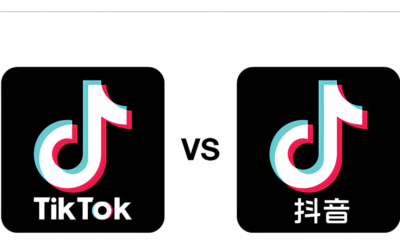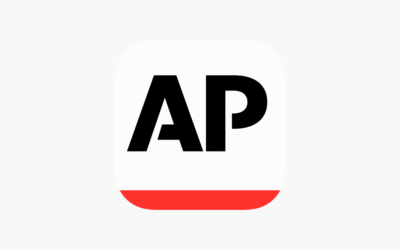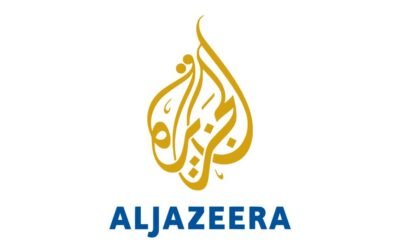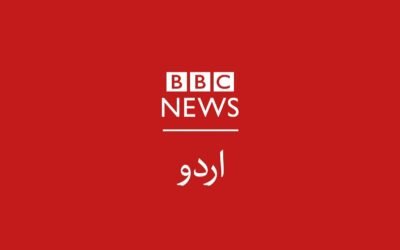In today’s digital age, information can act like a weapon. India has used media and social networks strategically to shape how Pakistan is seen, both inside and abroad. From sensational TV reports to organized social media campaigns, these tactics influence opinions, spark tensions, and even guide diplomatic responses.
For Pakistan, this poses a two-fold challenge. First, it must respond quickly to false claims before they take hold in global opinion. Second, it must strengthen its own media space by building resilience against lies. Fact-checkers, journalists, and regulators all play a role. But the most important defense is the public itself. When citizens learn to question, verify, and think critically, falsehoods lose their power.
You May Like To Read: Regulating the Infoscape: PECA, PTA, and Legal Responses to Information Warfare (IW16)
1. Sensational TV Coverage During Conflict
During the 2019 Pulwama attack and the Balakot crisis, Indian TV channels often ran dramatic, speculative footage, some even CGI “dogfights”, to heighten emotions and bias the narrative. Independent watchdogs criticized this rush for TRPs over verified reporting.
Pulwama attack happened at 3:15 pm on 14/02/2019. After 2 and half hours,
At 5:43 on 14/02/2019, Arnab Goswami was saying, “This attack we have won like crazy”.
Not to forget that how media channels and their anchors played the terror attack for the benefit of Govt.
Today,… pic.twitter.com/vtu6FiDnls
— Shantanu (@shaandelhite) April 14, 2023
In the 2017 terrorist attack in Pulwama, Kashmir.
The first bullet pierced his helmet, the second bullet passed through his nose, and the third bullet completely shattered his jaw, but he continued to counterattack without losing consciousness, and remained with the same… pic.twitter.com/sw5rQ5ycbA
— महावीर जैन, ಮಹಾವೀರ ಜೈನ, Mahaveer Jain (@Mahaveer_VJ) August 23, 2025
2. Misinformation on Social Platforms
The Guardian documented how lies spread rapidly online during the 2019 crisis and became “facts” once amplified by Indian television. False claims about Pakistani missile strikes and captured cities were aired as real news before being debunked.
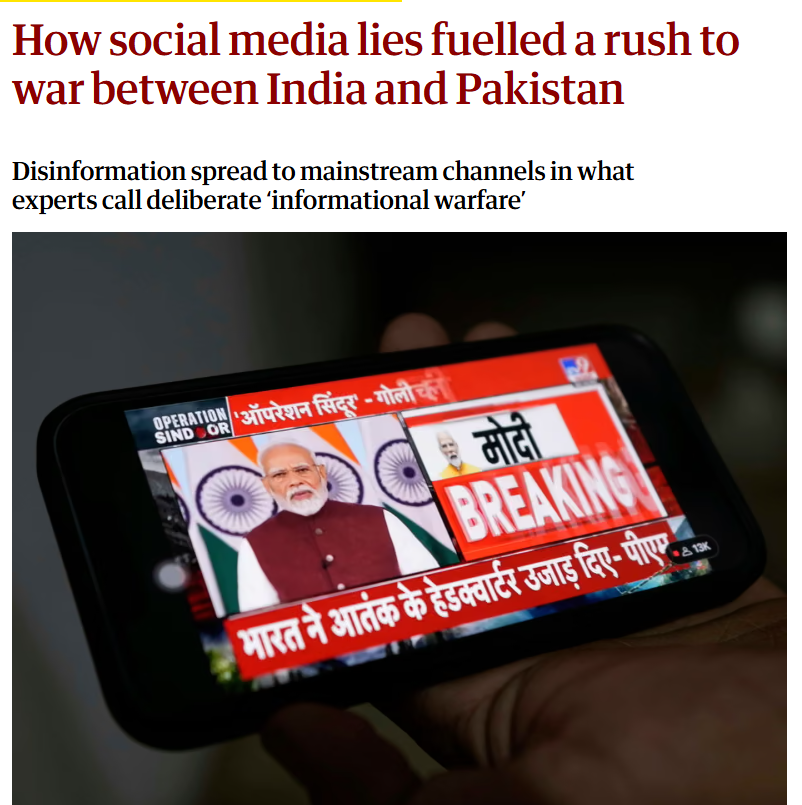
Image Credit: The Guardian
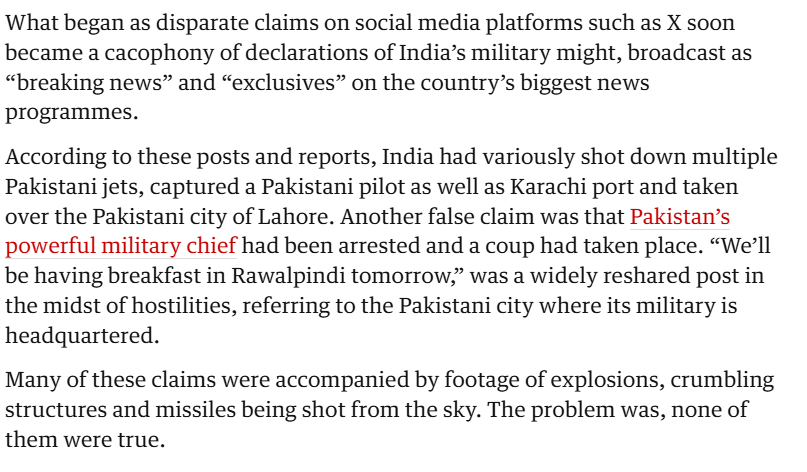
Image Credit: The Guardian
3. False Invasion Reports and Fake Images
Indian media outlets have aired false claims about Pakistan. For example, in 2020, Indian channels used old videos from other conflicts, relabeled as “Pakistani terror strikes.” Pakistani fact-checkers quickly debunked these stories.
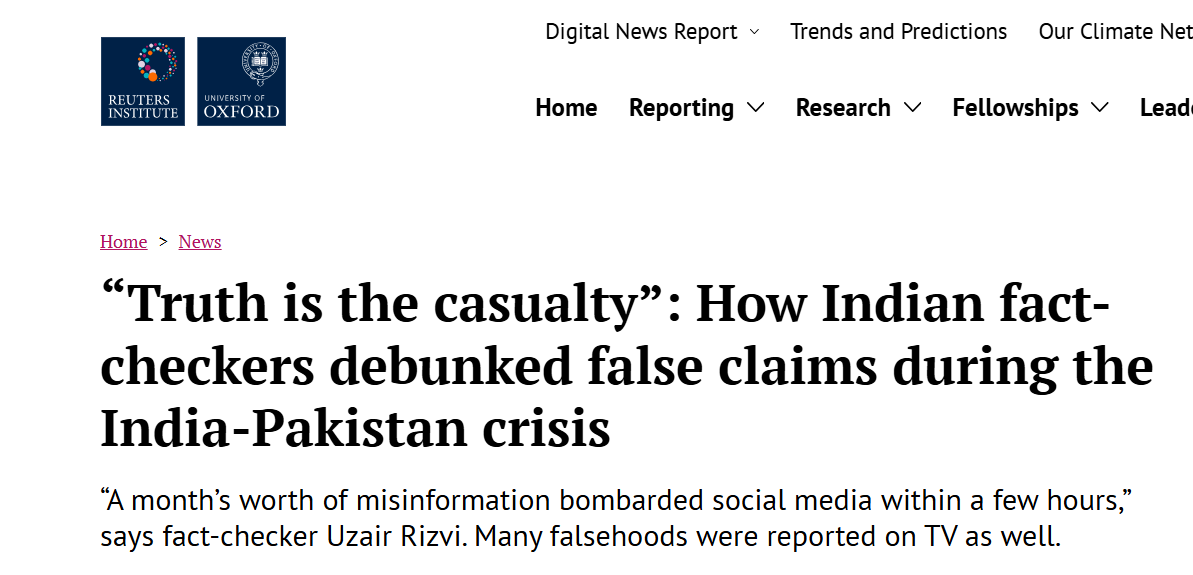
Image Credit: Reuters Institute, University of Oxford
4. State-Sanctioned Disinformation Labs
The EU DisinfoLab uncovered a 15-year-long operation by Indian networks using hundreds of fake media outlets to push anti-Pakistan narratives at the UN and EU. This campaign was one of the largest state-linked disinformation networks ever exposed.
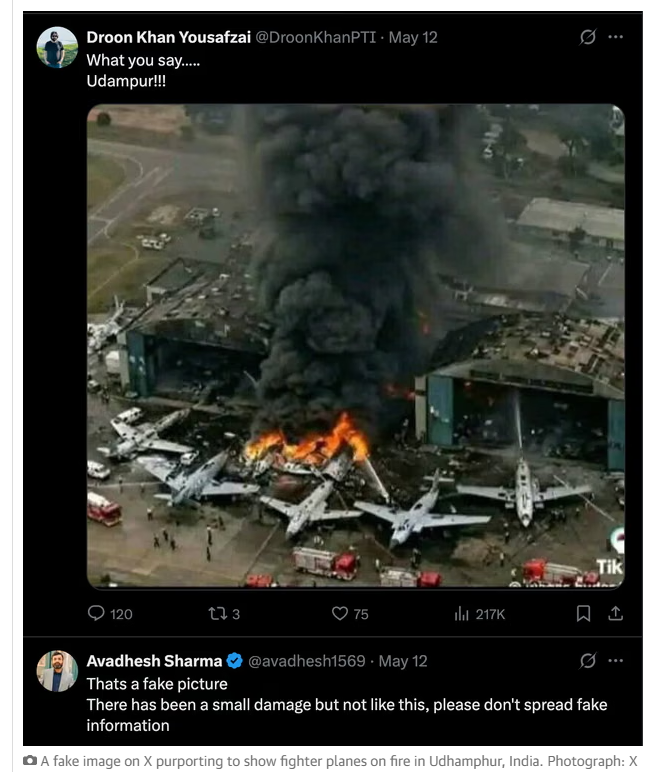
Image Credit: The Guardian
5. Fake Civilian Conflict Claims
During the 2025 Pahalgam terror attack, unverified claims of civil war or martial law in Pakistan spread quickly online, many linked to Indian-origin accounts. Pakistani outlets like Dawn and groups like the Digital Rights Foundation worked to counter these falsehoods.
OPERATION SINDOOR: ZERO TOLERANCE TO TERROR
The Indian Armed Forces launched a precision mission, Operation Sindoor; 9 terror camps across Pakistan and Pakistan-occupied Jammu & Kashmir neutralized.#OperationSindoor #NewIndia pic.twitter.com/VpQ1OLdpka
— Kangana Ranaut (@KanganaTeam) May 7, 2025
6. Hashtag Wars and Manipulation
Social media platforms become battlegrounds during India-Pakistan crises. After Pulwama, hashtags like #IndiaStrikesBack and #PakistanLies trended—often supported by coordinated bot networks. Researchers found many of these campaigns traced back to inauthentic accounts.
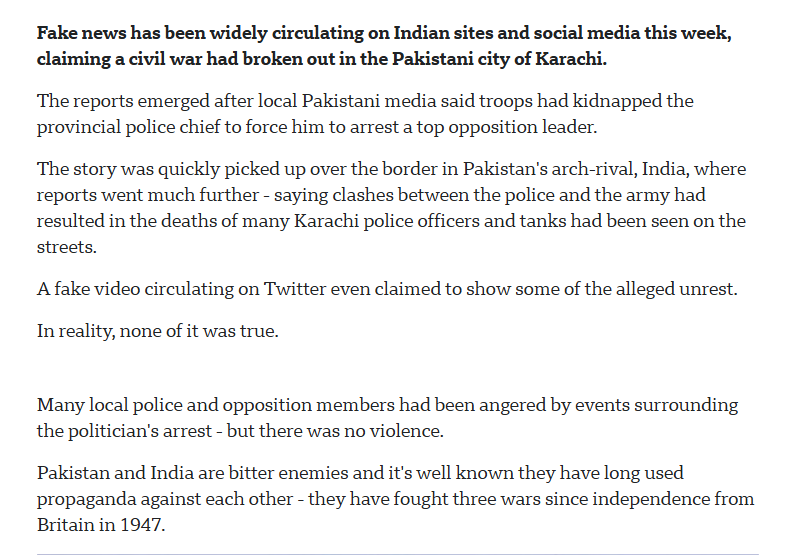
Image Credit: BBC
7. Pakistani Fact-Checks vs Indian Misinformation
Pakistan’s fact-checking bodies often debunk Indian disinformation. For example, PIB Fact Check exposed several fake videos and false reports of Pakistani jets being downed in 2019.
The conflict followed India’s 7 May missile strikes on what it said were terrorist camps in Pakistan and Pakistan-administered Kashmir. India’s action came in response to the 22 April militant attack that killed 26 civilians in Pahalgam, in Indian-administered Kashmir. India said there were Pakistani links with the Pahalgam attack – a charge that Pakistan rejected.
Soon after India’s missile strikes, Pakistan launched a counteroffensive by firing drones and missiles at Indian targets, eventually leading to several more such exchanges. Alongside, there was a war of narratives through claims and counterclaims on mainstream and social media in the two countries. (BBC Monitoring )
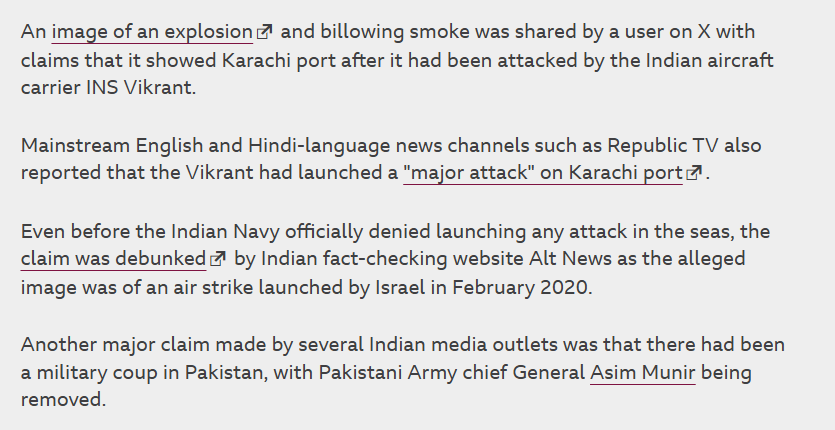
Image Credit: BBC Monitoring
Another viral video showed an oil tanker explosion in Lebanon, but was falsely claimed as a Pakistani strike on Gujarat’s Hazira Port. Fact-checkers from India Today proved it false.
*OPERATION SINDOOR*
INDIAN ARMED FORCES CARRIED OUT *PRECISION STRIKE AT TERRORIST CAMPS* pic.twitter.com/O9OxLrmEwn
— Sange Suman (@IamSumanDe) May 6, 2025
| Tactic | Description |
|---|---|
| Sensational TV footage | CGI/edited clips aired as “news” |
| Viral disinformation | Social media lies are amplified by TV |
| Fake invasion reports | Mislabelled foreign videos/photos |
| State-run propaganda labs | Indian Chronicles network exposed |
| Hashtag warfare | Bot-driven trending narratives |
| Fact-checking response | Dawn, PIB, and DRF debunk false news |
What does this mean?
Media matters—especially when governments are tense. False or emotional stories can push both sides closer to conflict. In India–Pakistan tensions, unchecked misinformation widens divides, stirs panic, and erodes trust.
How can citizens defend Truth?
- Pause before sharing viral posts.
- Follow trusted outlets like Dawn, Geo Fact Check, and Soch Fact Check.
- Question emotional headlines: “Did this happen?” “Is there proof?”
- Support media literacy programs across schools and communities.
Media as Battlefield
The media has always had the power to shape minds, but in today’s digital world, it has become a battlefield. For India and Pakistan, two nuclear-armed neighbors with a long history of mistrust, this battleground is especially dangerous. The fight is no longer only at borders or in diplomatic halls; it is also in TV studios, news websites, and trending hashtags.
India’s use of media during crises shows how information can be turned into a weapon. Sensationalist coverage, doctored videos, and coordinated social media campaigns create a flood of disinformation. Each false claim weakens trust, fuels anger, and narrows the space for dialogue. This pattern is not random, it is deliberate. It pushes audiences to accept a certain view of Pakistan as hostile and unstable, while ignoring India’s own role in regional tensions.
It is also crucial to note that truth cannot be protected through censorship or silence. Ethical journalism, open corrections, and transparent reporting are stronger tools than bans. If Pakistan wants to counter hostile media, it must show it can tell its own story with credibility and honesty. The international community is more likely to believe Pakistan when its facts are clear, consistent, and supported by evidence.
In the end, media warfare is not just about Pakistan and India. It is a global warning. Any country can face the same tactics in today’s hyperconnected world. The lesson is clear: a society that values truth, trains its citizens in digital literacy, and supports ethical journalism will always be stronger than one divided by lies. For Pakistan, building a truth-first culture is not just about survival in information wars; it is about shaping a future where facts, not fear, guide the nation.
You May Like To Read: Pakistan in Crisis: CNN Reports on Chaotic Floods, But What About the Fair Courage?


